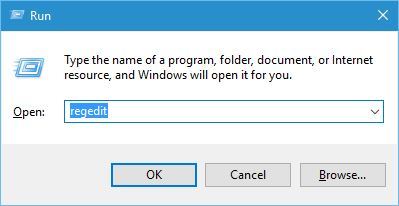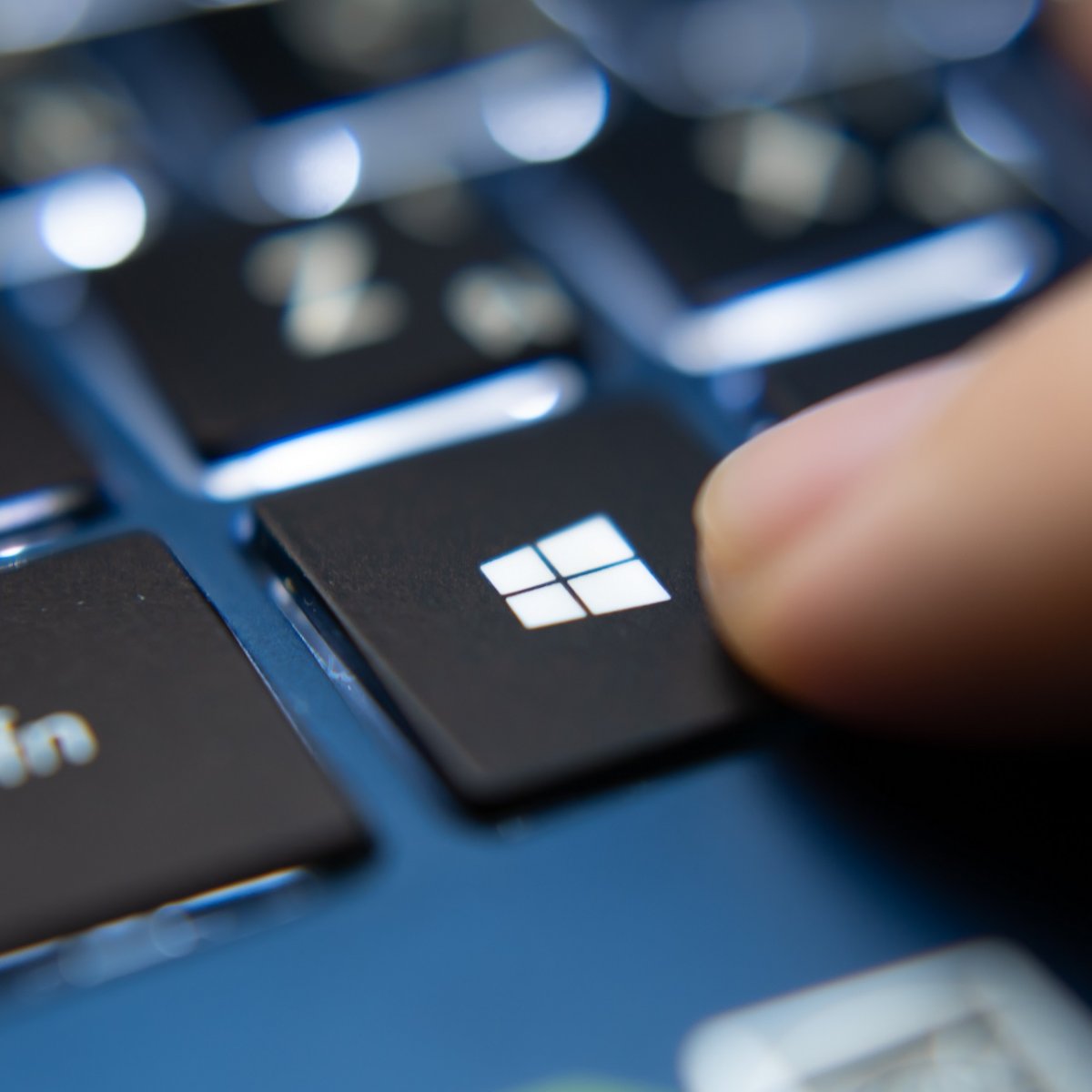
Exe file or a shortcut pointing to program or. Exe file as for most of them nothing happens when they double click on a. Exe Files One of our reader asked us this common problem faced by many windows users using windows 7 or vista when they were not able to run any. Solved Exe Files Don’t Run In Windows and Nothing Happens When I Start.

Exe Files Not Working Zip Will Need
Zip will need unpacking using an unpacking utility such as Power Zip.Power Zip is used in the following example for those who do not already have an unpacking utility on their PCs.A file with the extension. To ensure that the individual files are easily identifiable always download softwareBefore installing, all of the files with the extension. Zip orTo install the software on your PC, the files within these "containers" need to beUnpacked.
Malicious or badly written installation programs can damage your In the worst case, it could damage yourInstalling new software is a high-risk activity. Double- clicking on the file.It may start a self-installing Wizard, or start up an unpacking utility such as Power Zip.
Exe Files Not Working .Exe File That
Create a folder within the temp folder on your hard drive, called, for example, download However, the followingInstructions apply to any file that can be saved from your browser.Having decided on which piece of software you require: This will ensure that the filesAs the first application you need to download may well be an unpacking utility, this example uses PowerZip. Downloading a file from the webAlways download files from the web into their own directory within a temporary directory on your hard drive. NEVER double-click on an *.exe file that has been sent to you via unsolicited email.There are many sites on the Web from which you can download software, however you must ensure that the site is reputable and that you are fully aware of the type of license that applies to the software that you wish to install on your PC.


Instead, the files contained within the *.exeFile will be unpacked into the temporary folder that you have created.With Windows Explorer still open at the temporary folder that you have created:The remainder of the process is described in the section, 5. Dealing with *.exe files that do not self-installDouble-clicking on this type of file will not automatically start a set-up process. If everything works successfully delete the downloaded file from your folder c:\temp\download 3. Follow the remaining steps in the Wizard - ensuring that the program is installed in its own folder under Program Files - theLast step will often be to restart your PC.Once the installation process has been successfully completed: You must register PowerZip within 30 days Read any licensing rules carefully - e.g.
Close all open applications including the Office Short-cut bar After unpacking theyWill then need to be installed as described in the section, 5. Zip will need to be unpacked using an unpacking utility such as PowerZip.
In most cases this will involve double-clickingOn one of the extracted files, usually called setup.exe but occasionally it might be called install.exe. Click on the option: Extract to folder C:\TEMP\download\"filename"\As these types of compressed files do not self-install, you will now need to install the software. Right-click on the file that you have just downloaded from the Internet - this will open a short-cut menu
Print off and read any Readme files that have been unpacked as these often give further instructions regarding installation Open the sub-folder containing the unpacked files Ensure that all applications are closed To theirOwn sub-folder within Program Files on the hard drive.Installing the Program from an Extracted File:
They will not prompt the user during the process.In these cases, you must check to see where it has installed itself. Follow the steps in the Wizard - ensuring that the program is installed in its own sub-folder on the hard drive - the last stepBadly behaved setup programs will install without a wizard, i.e.


 0 kommentar(er)
0 kommentar(er)
